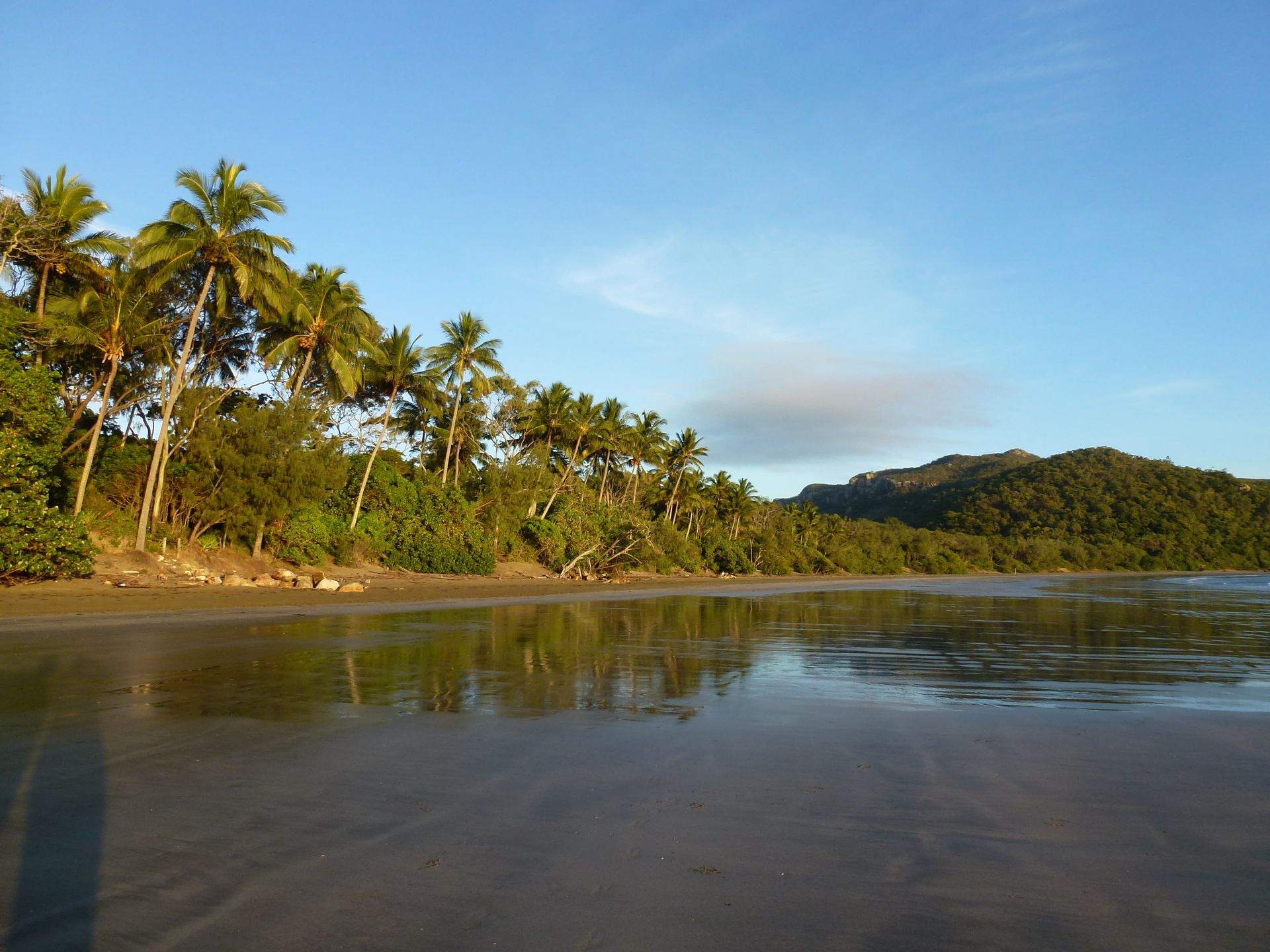Indonesia: volcanoes, blue fire, toxic fumes and the largest acid barrel in the world
प्रकाशित: 15.06.2018
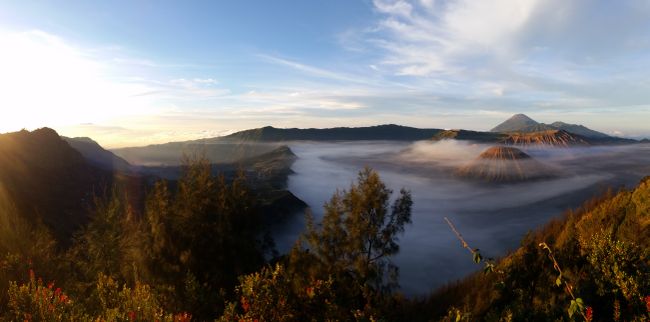
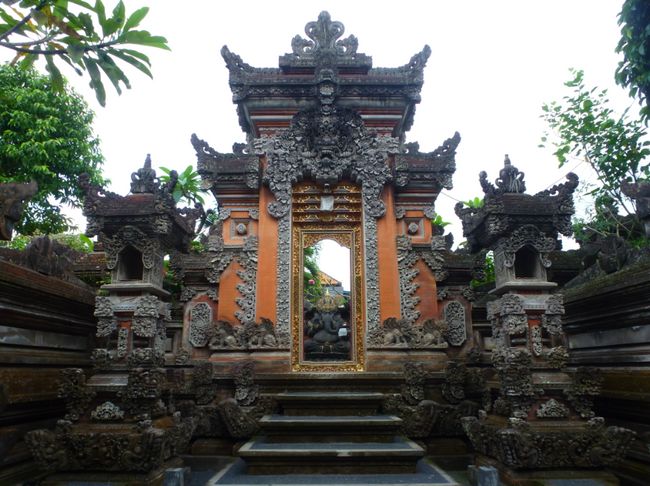
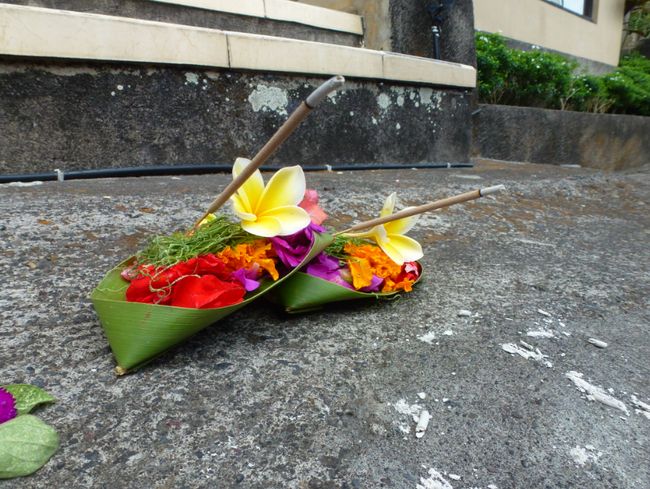
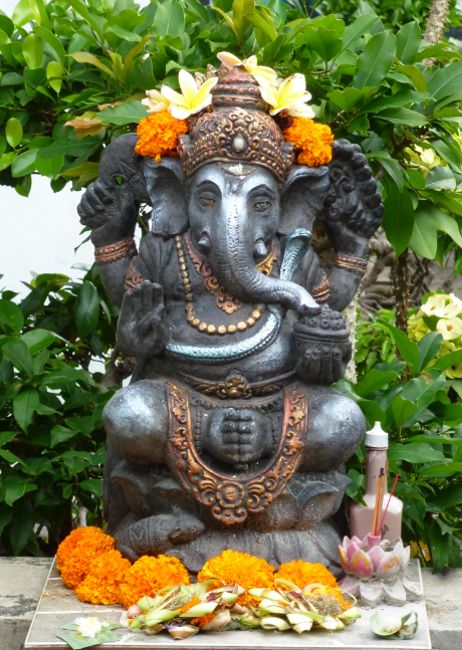
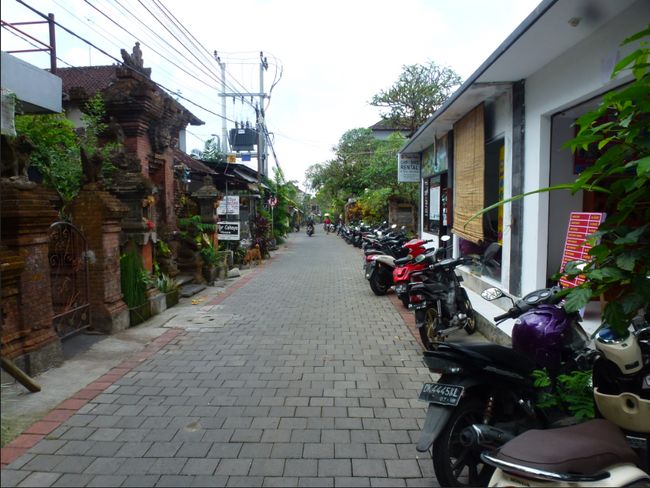
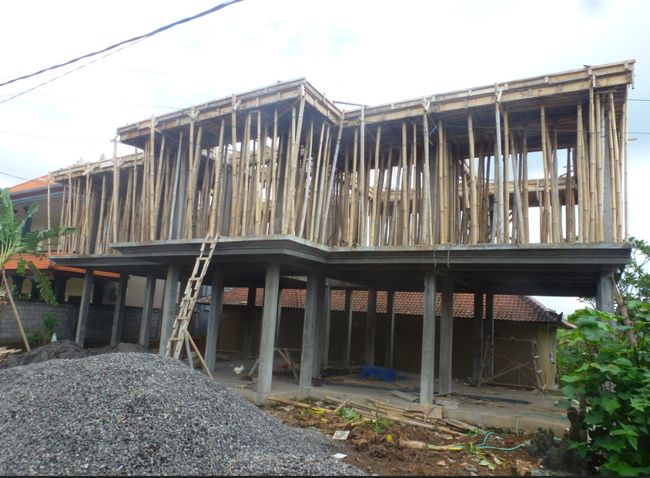
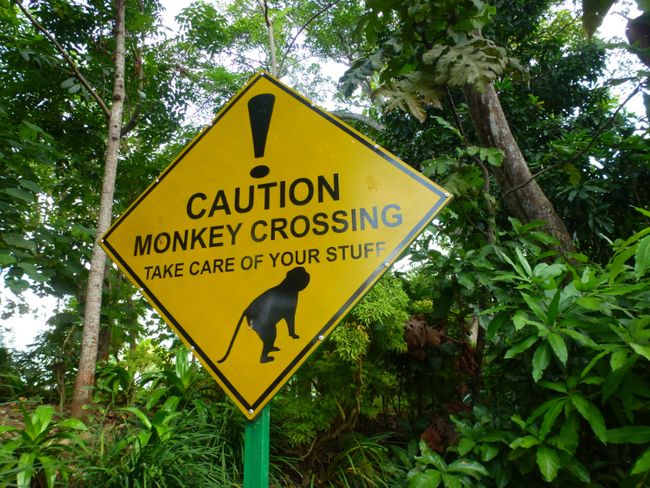
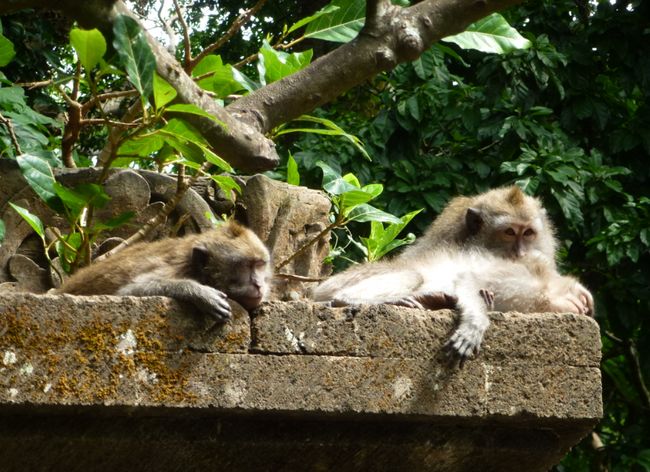
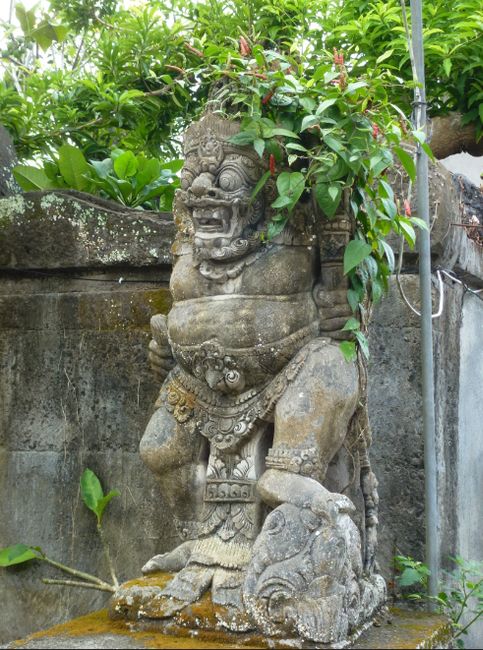
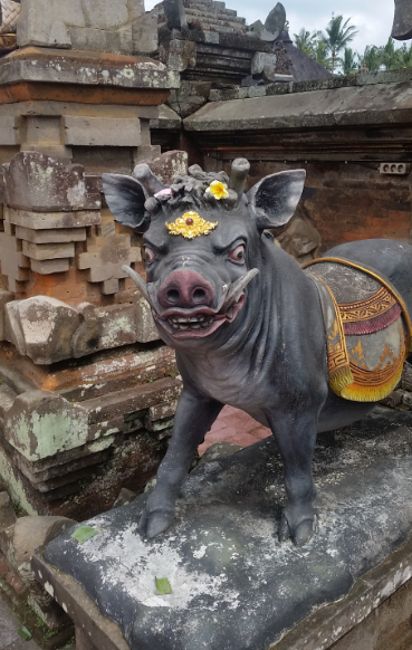
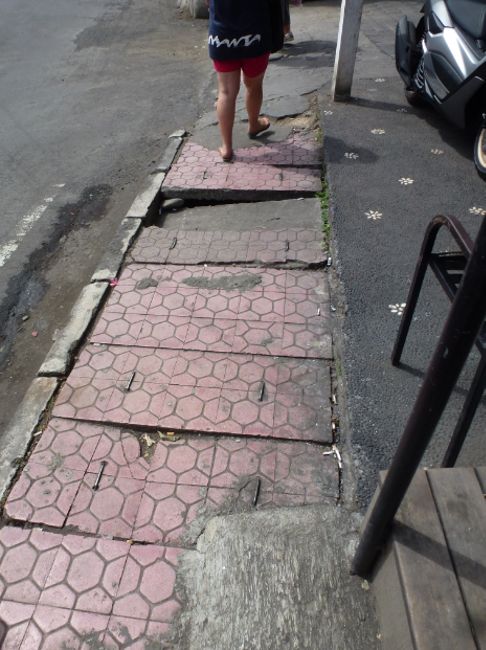
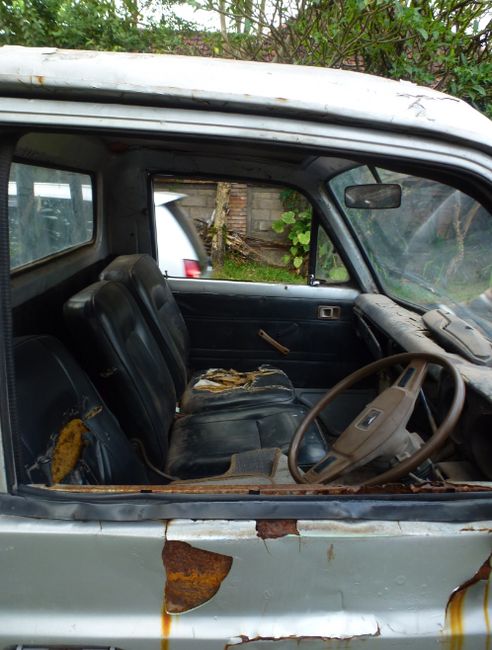
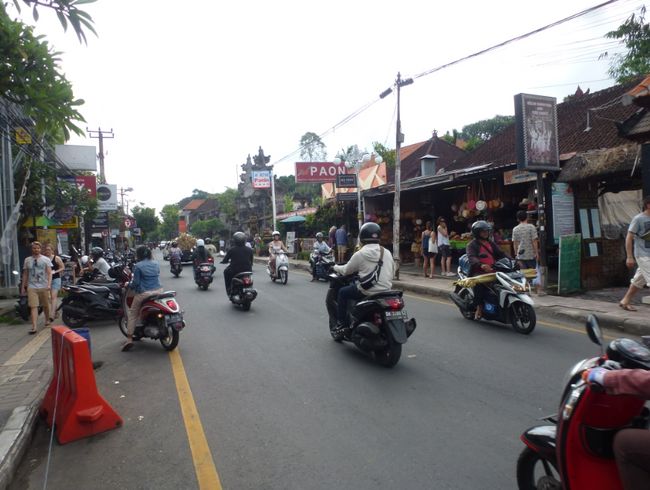
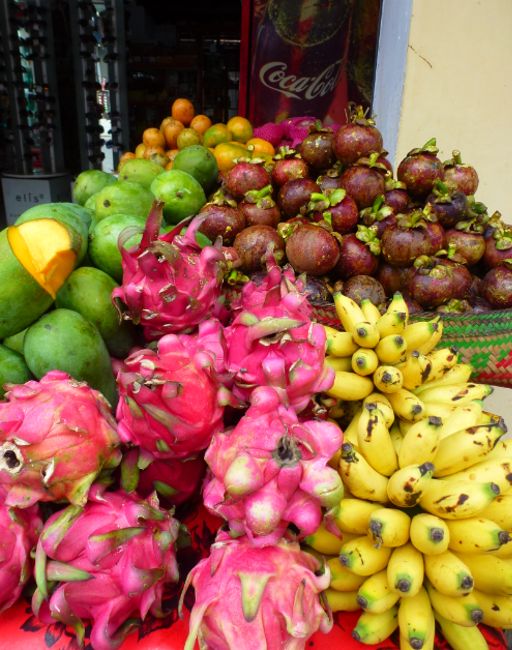
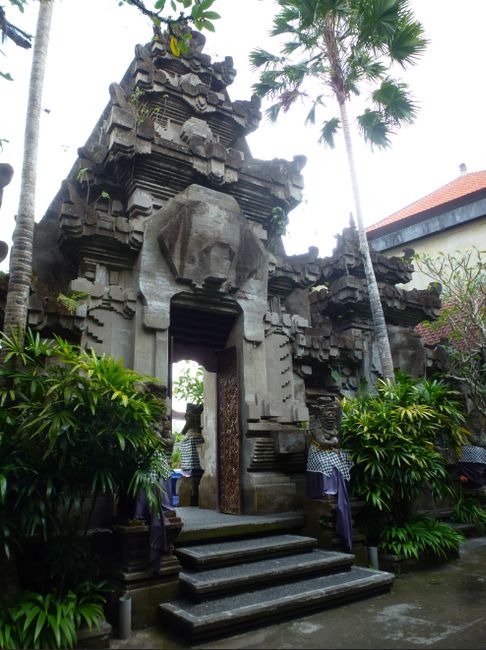
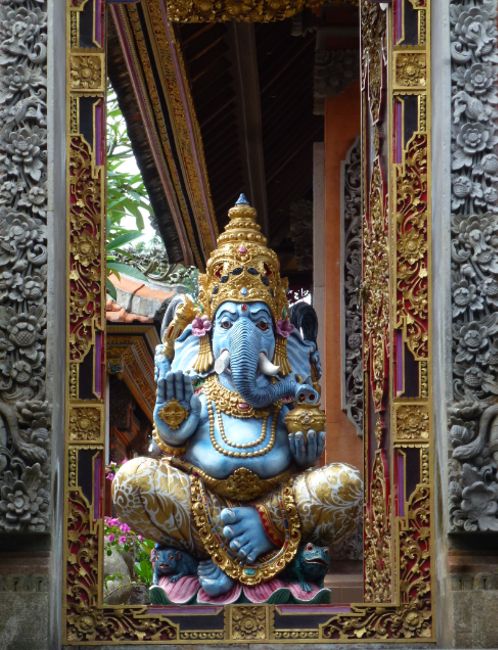
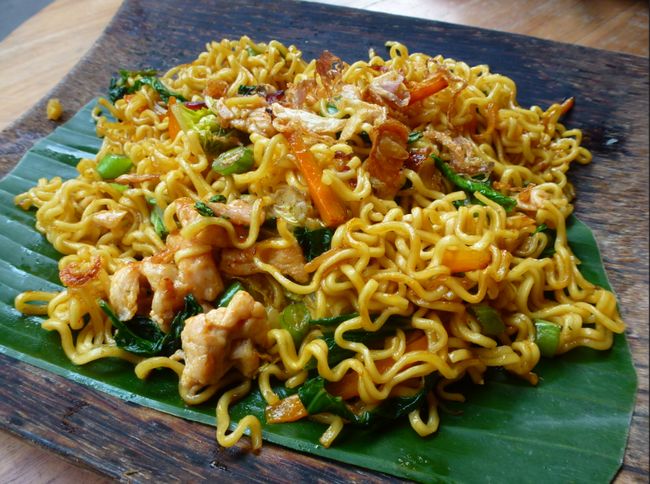
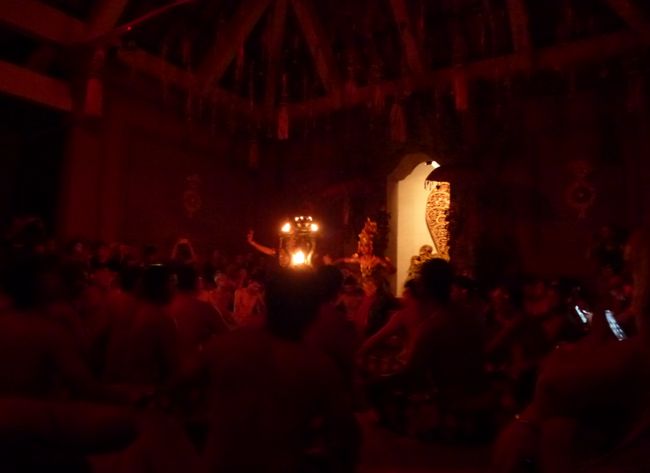
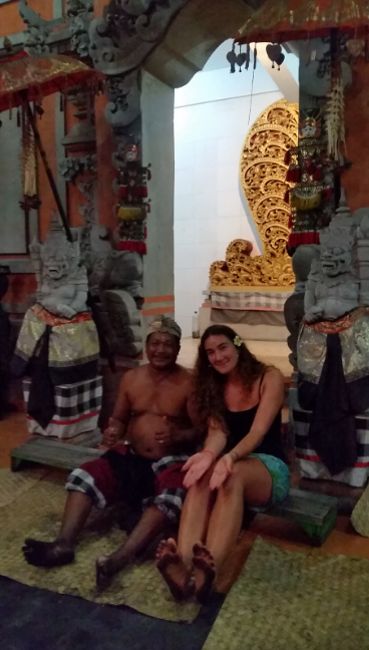
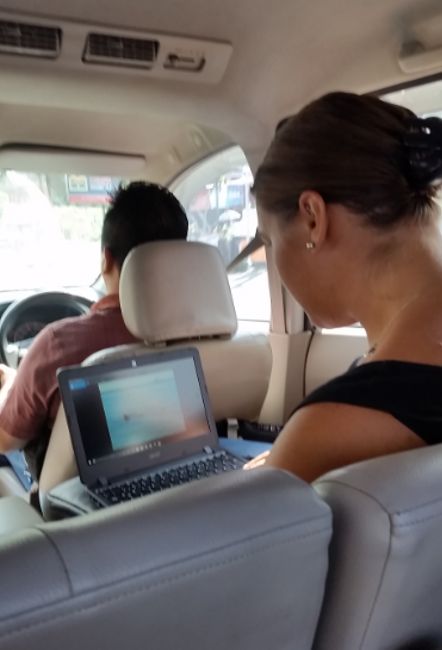
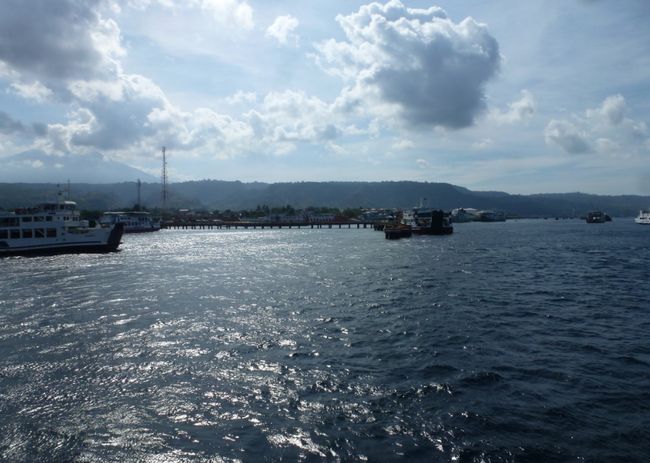
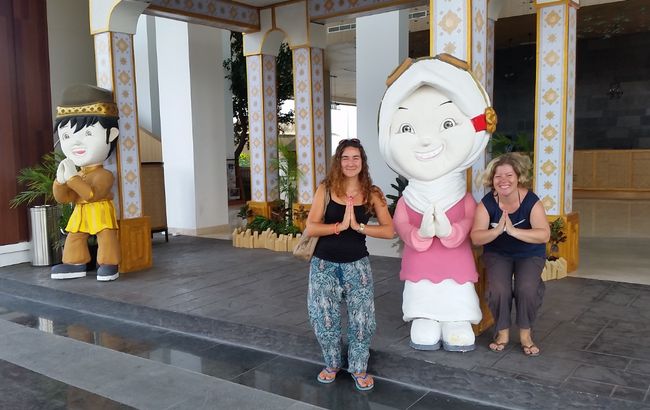
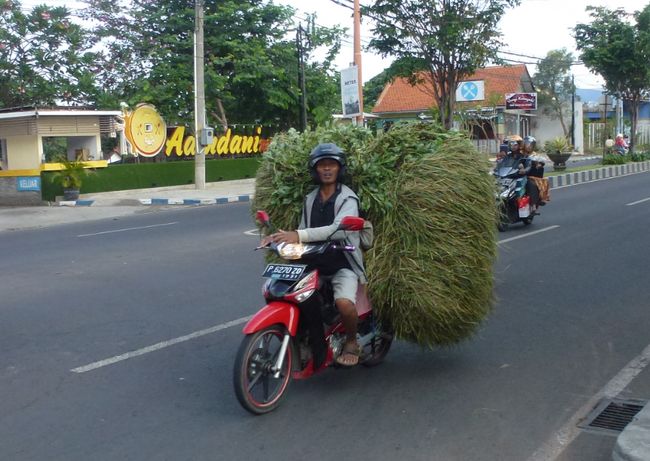
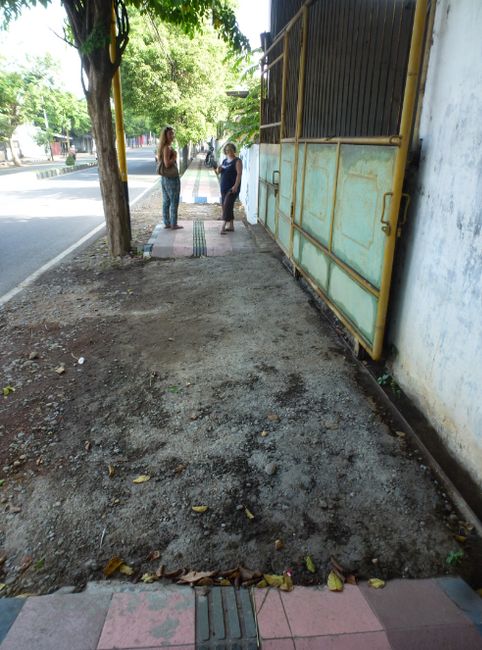
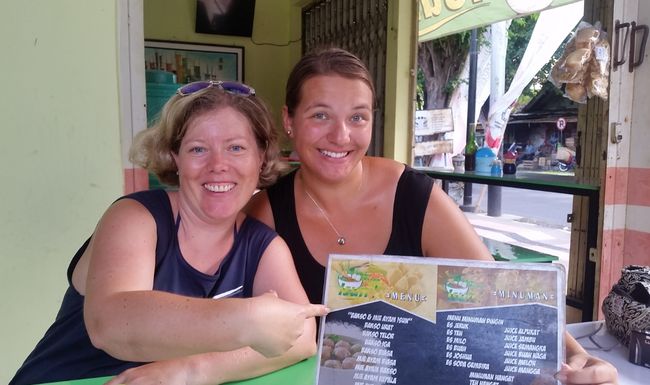
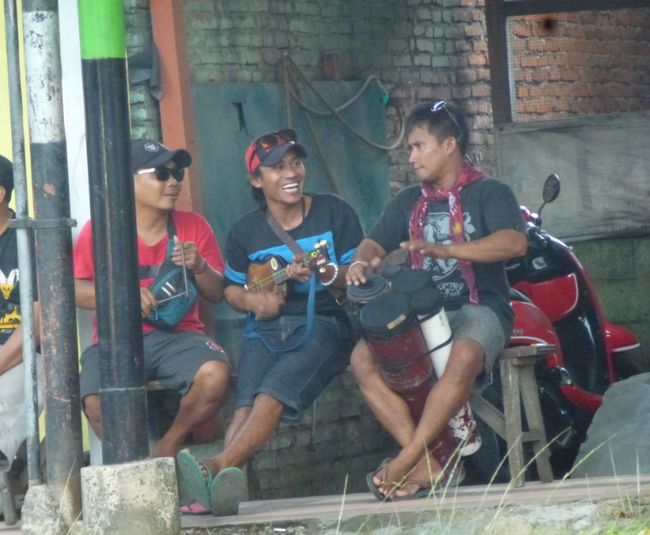
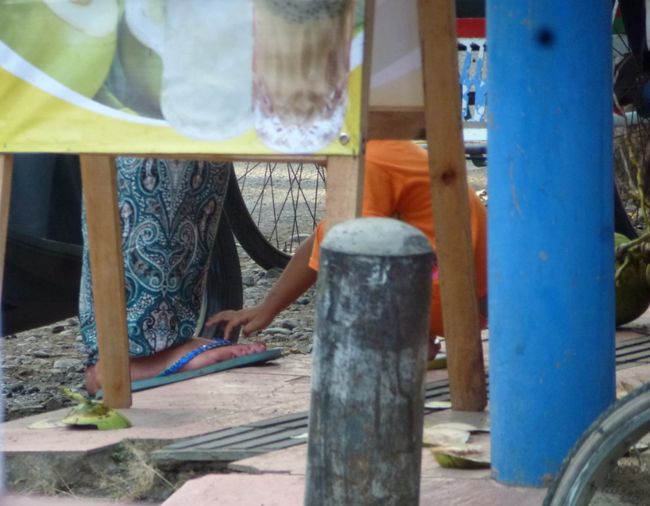
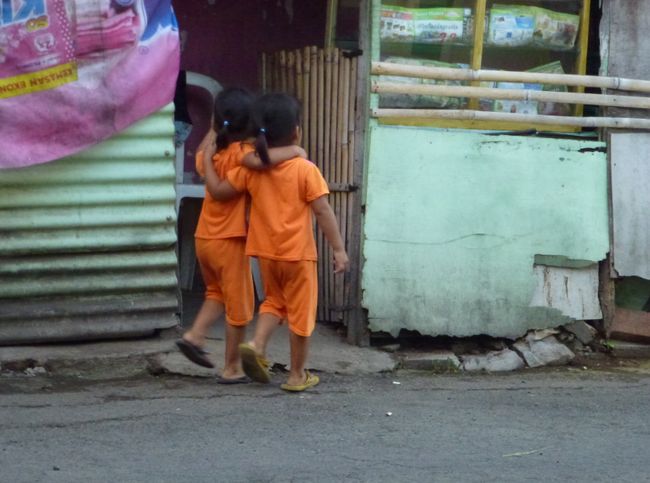
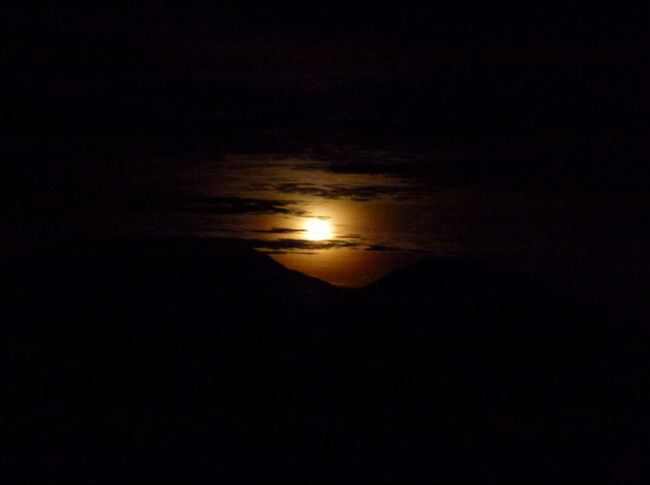
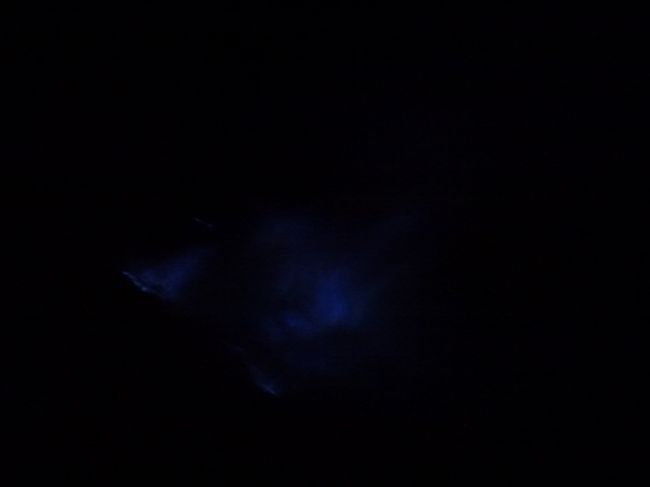
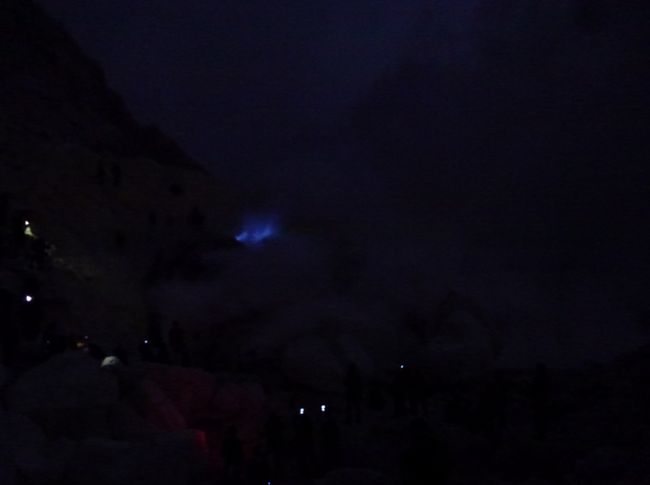
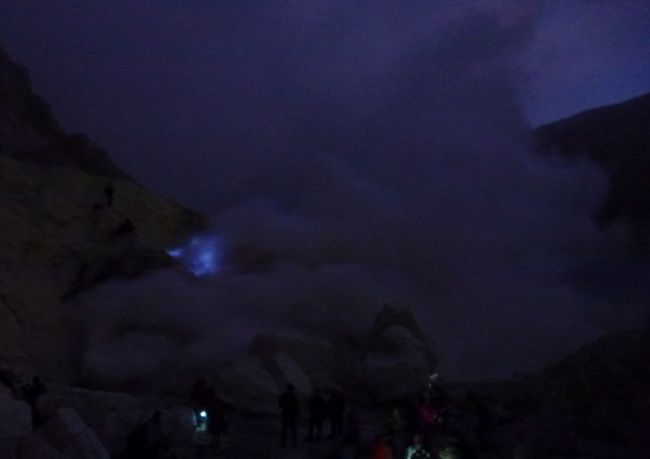
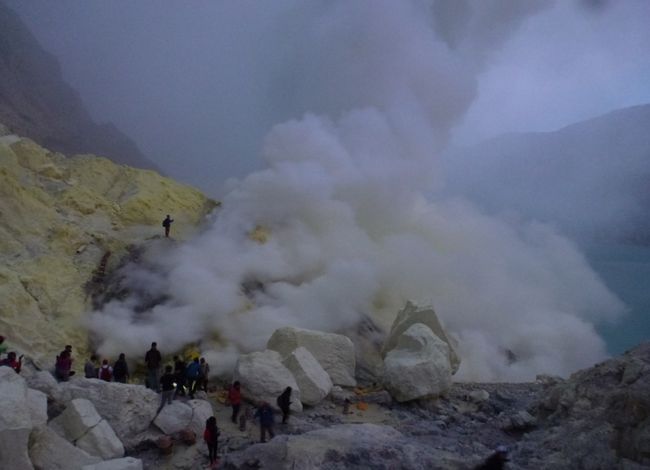
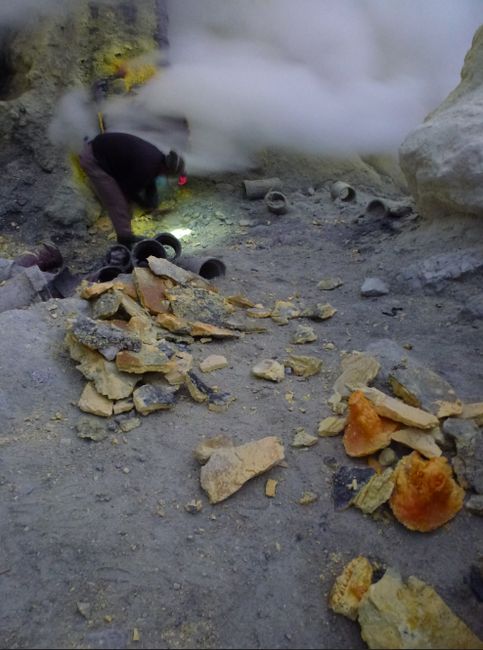
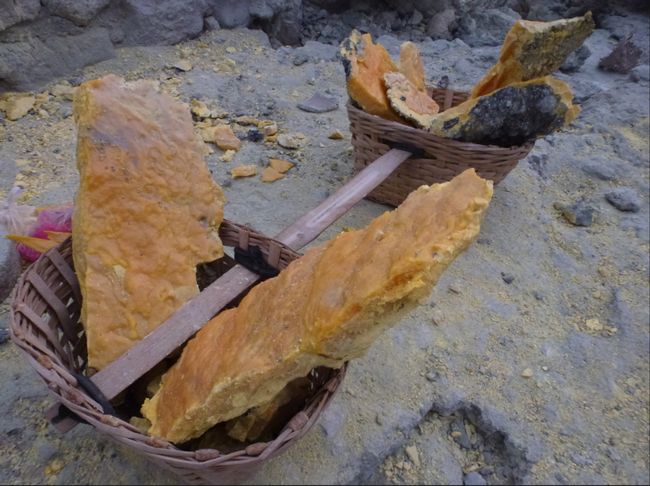
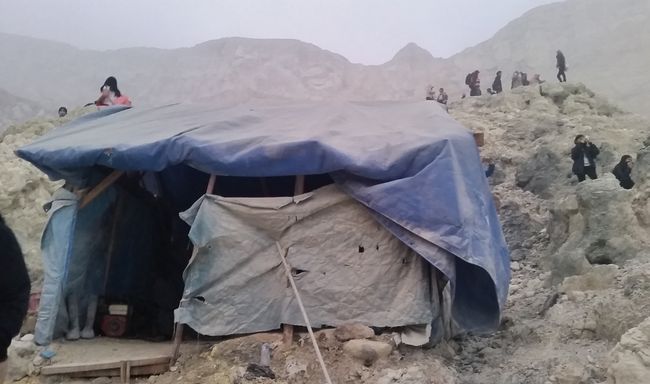
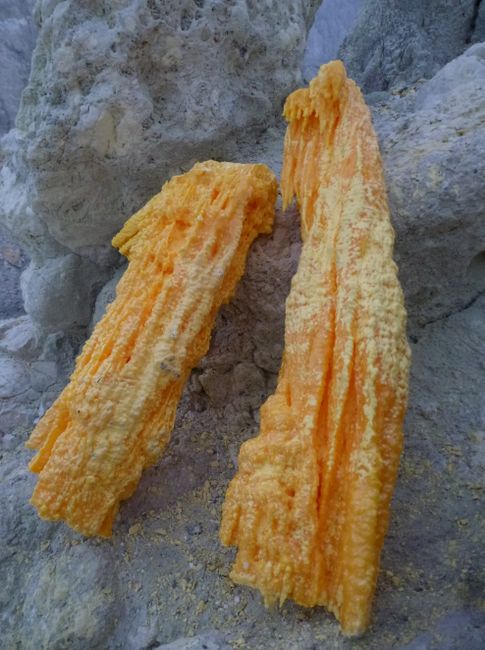

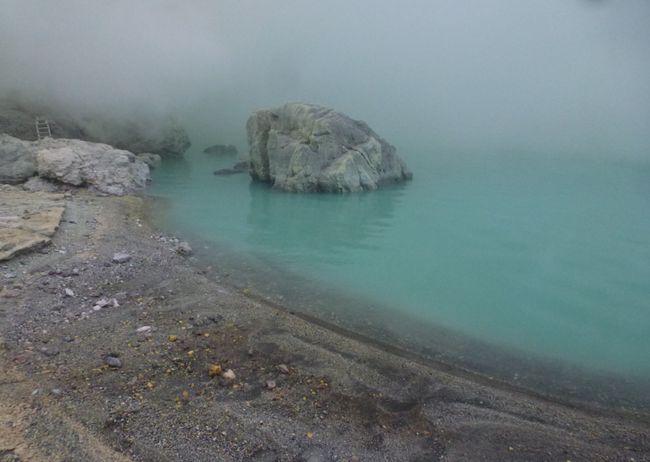
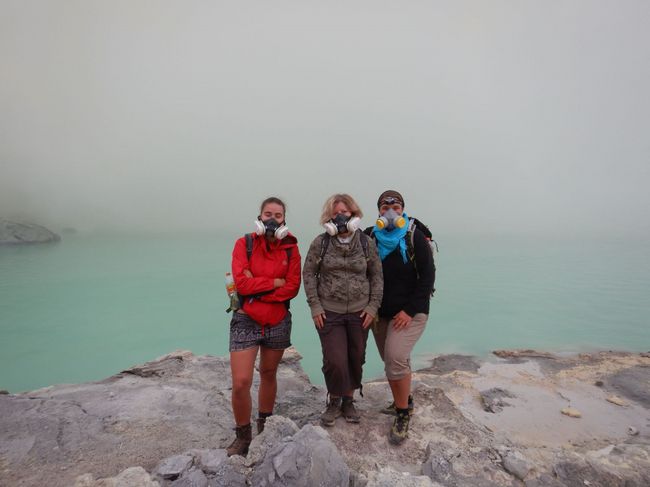
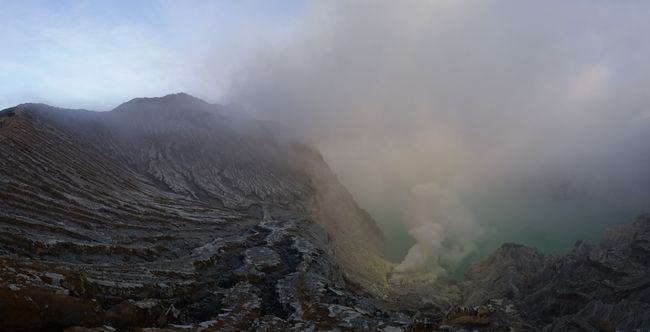
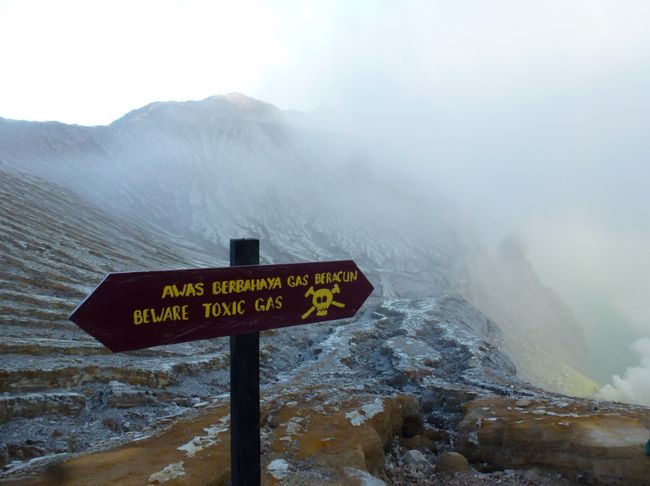
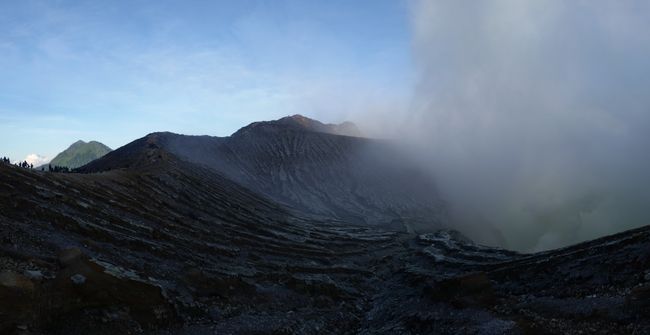

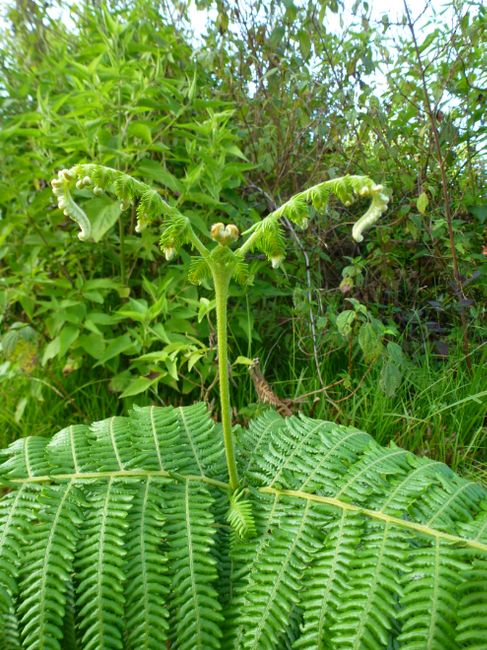
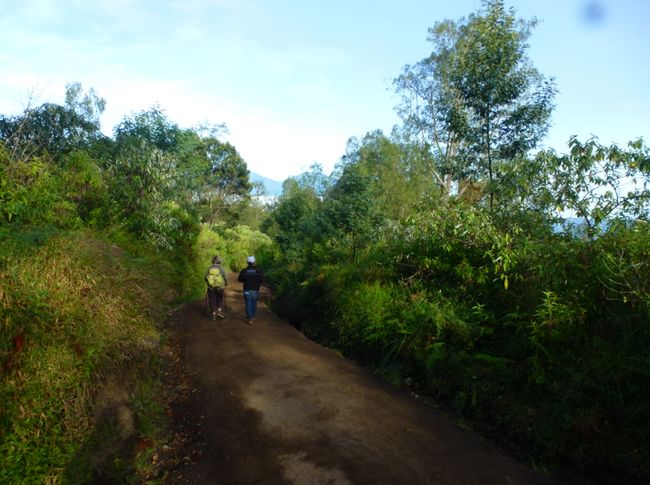
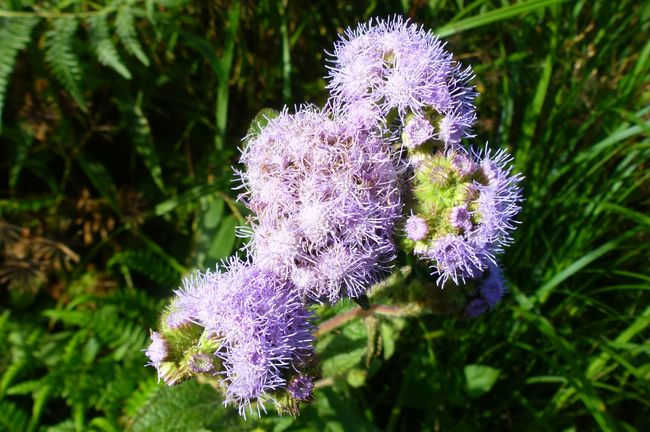
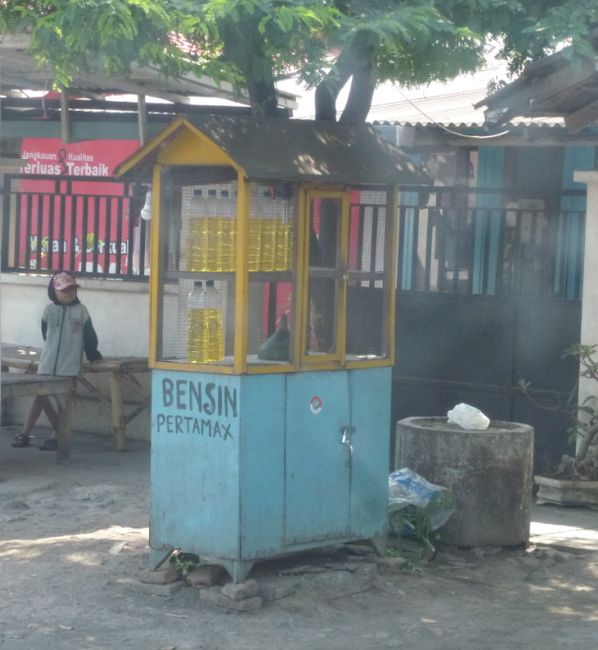
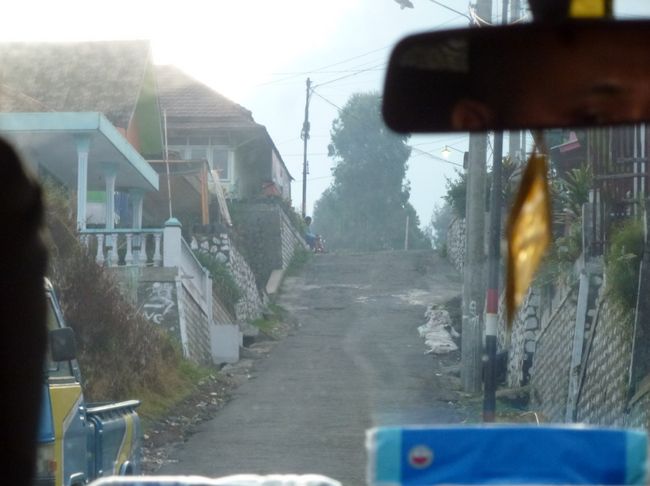
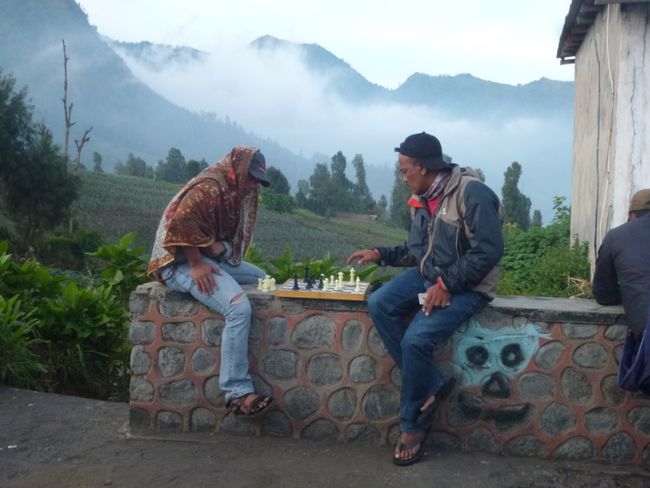
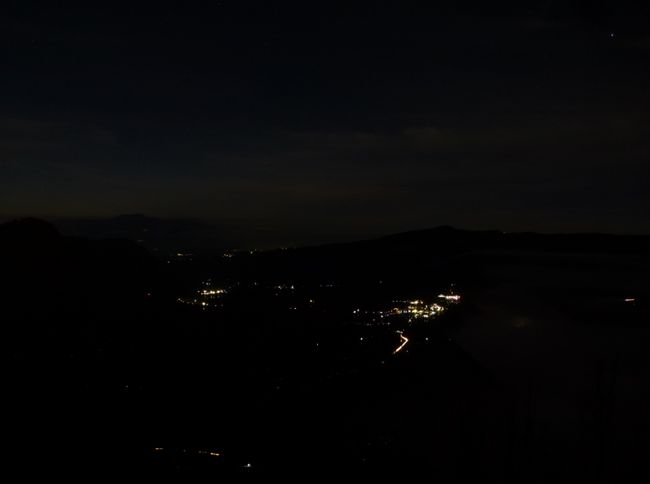
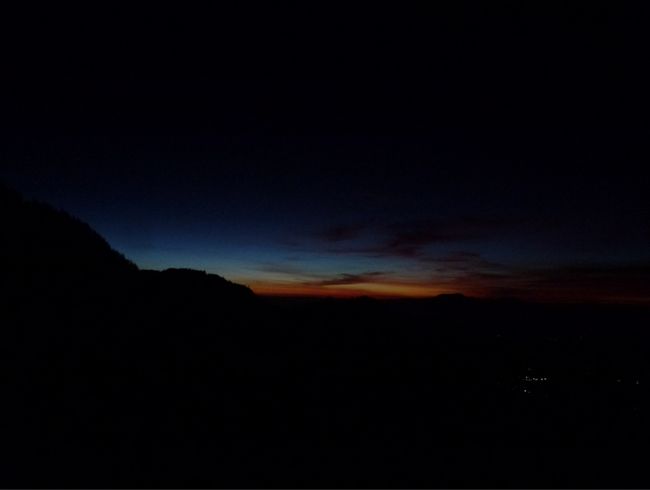
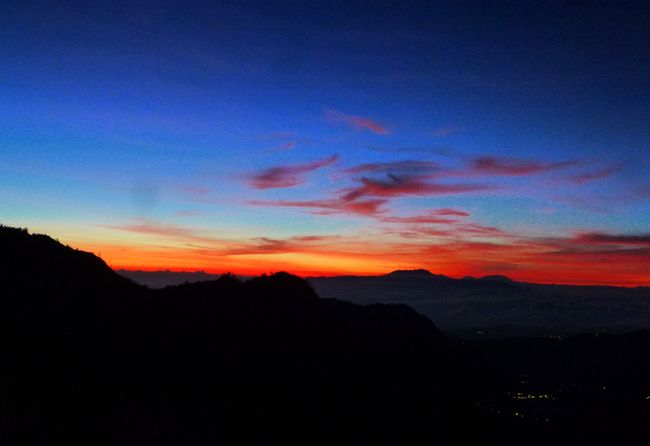
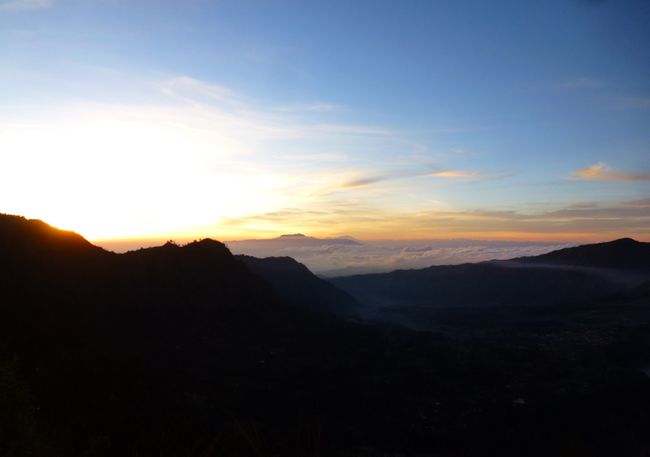
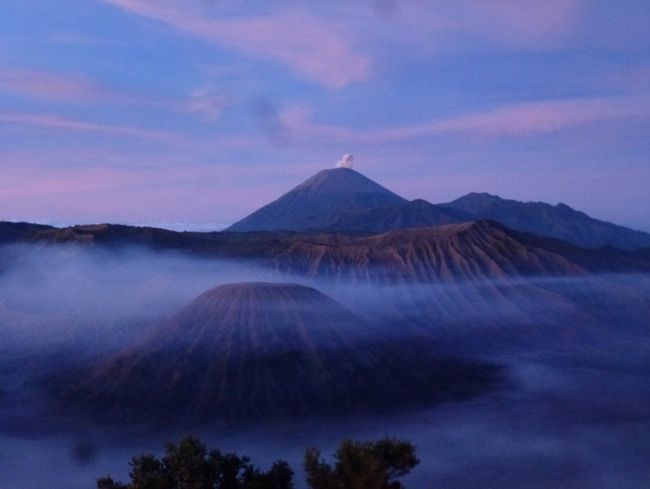
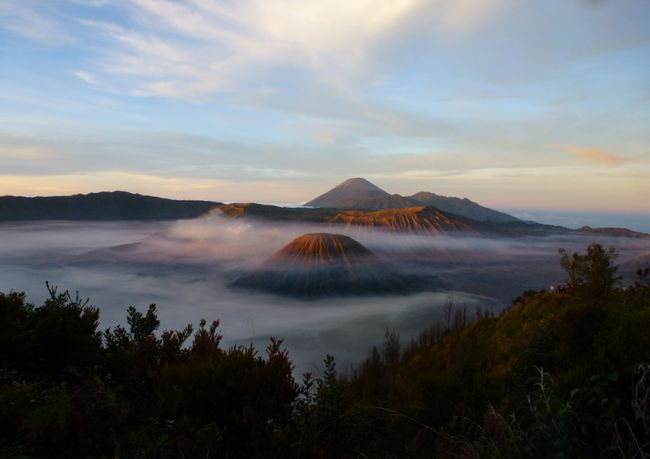
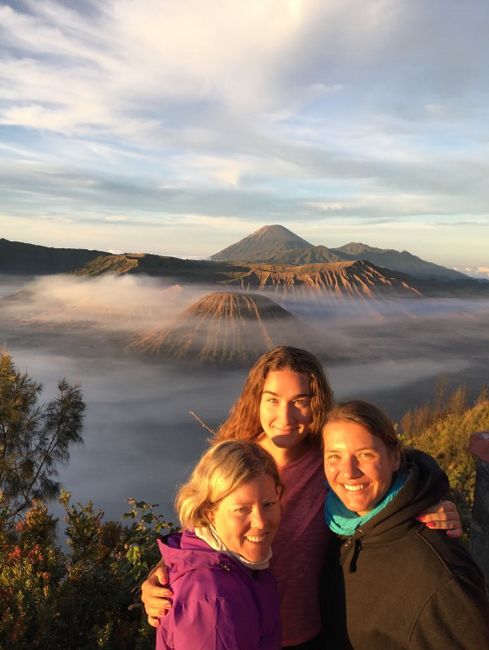
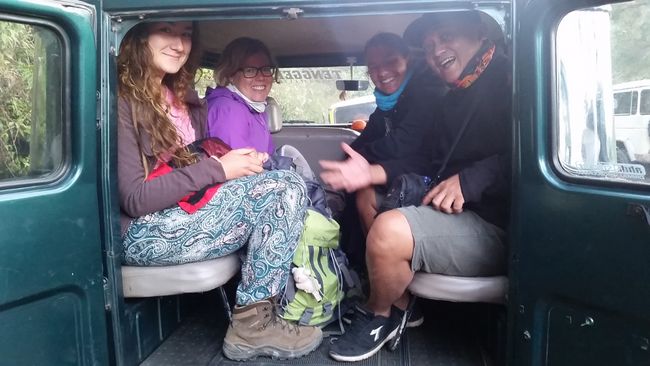
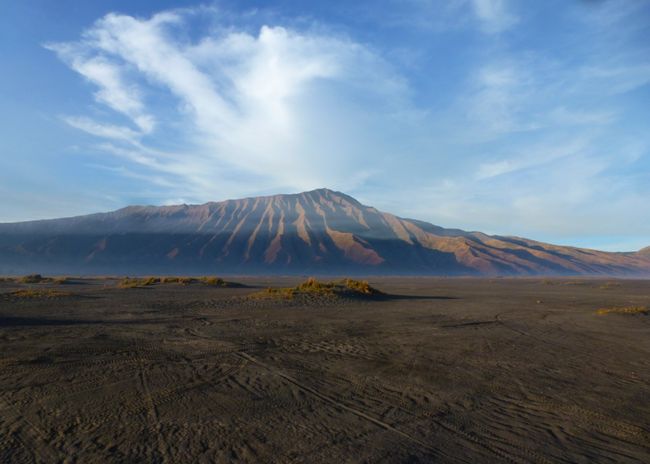
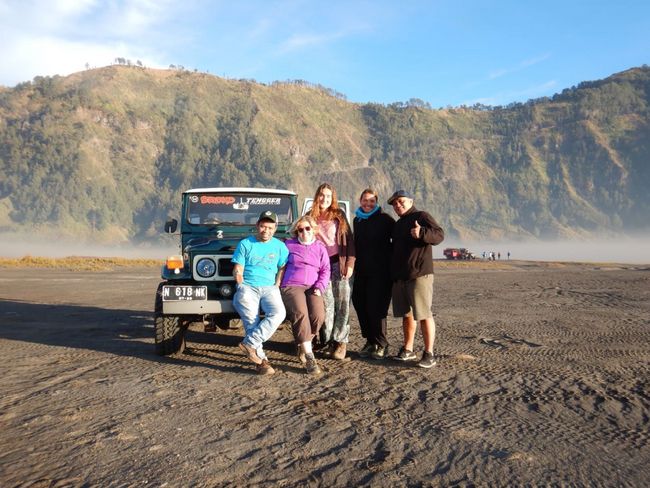
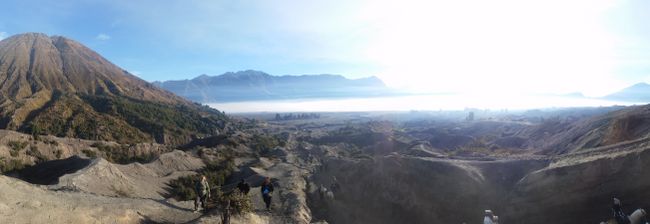
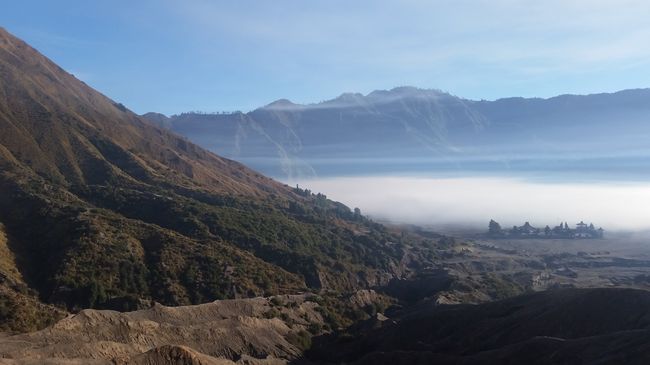
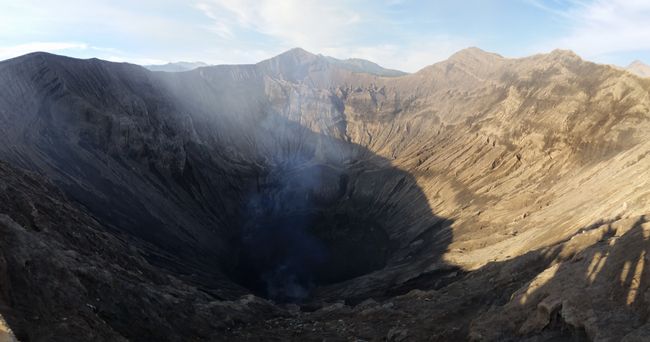
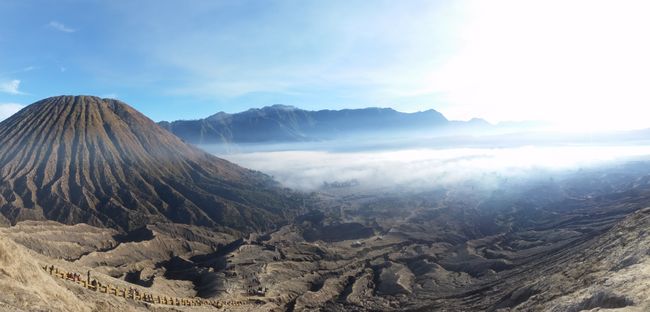
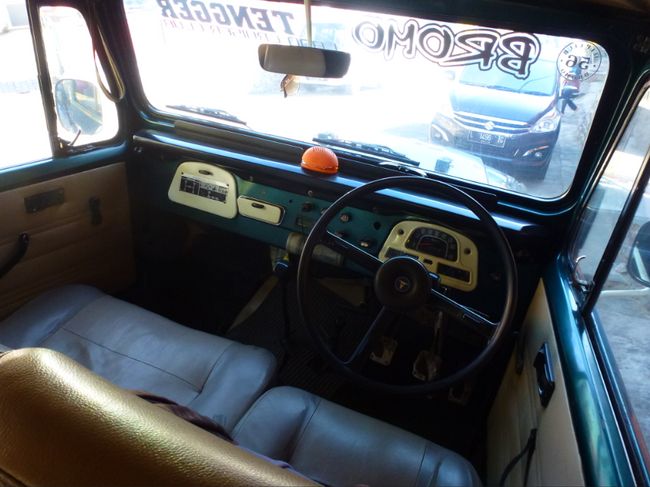
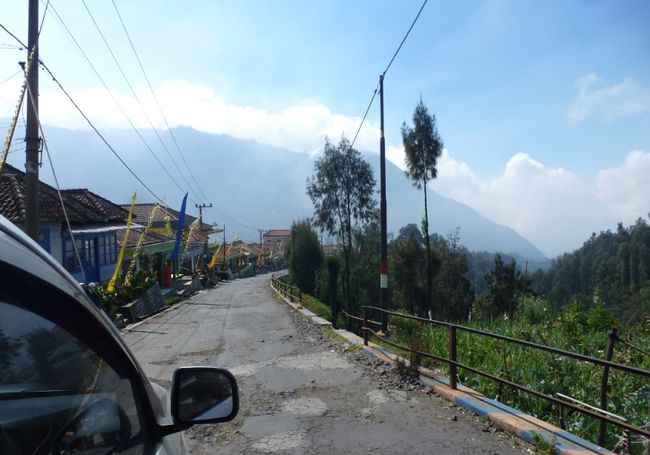
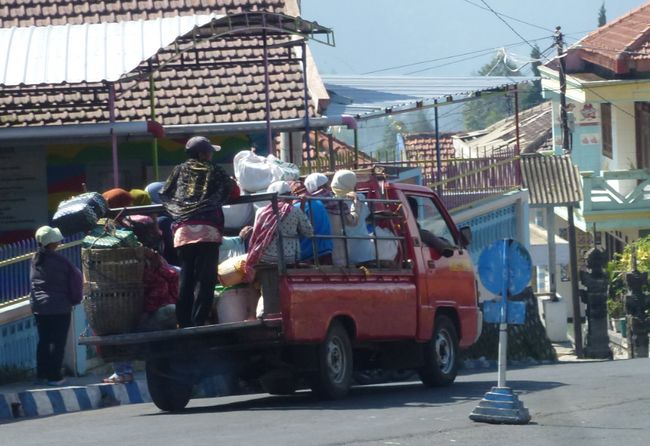
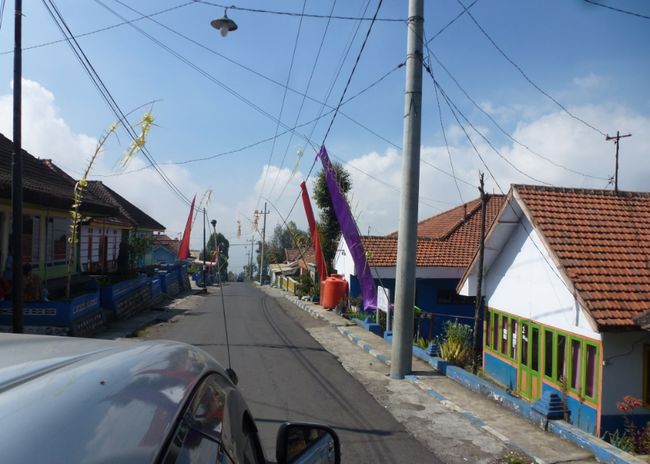
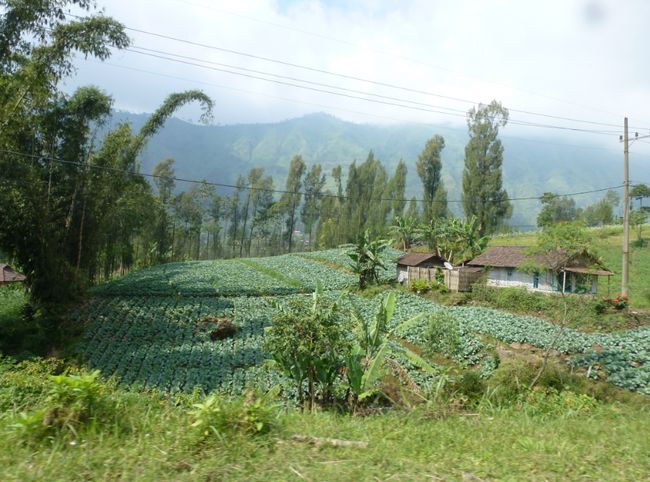
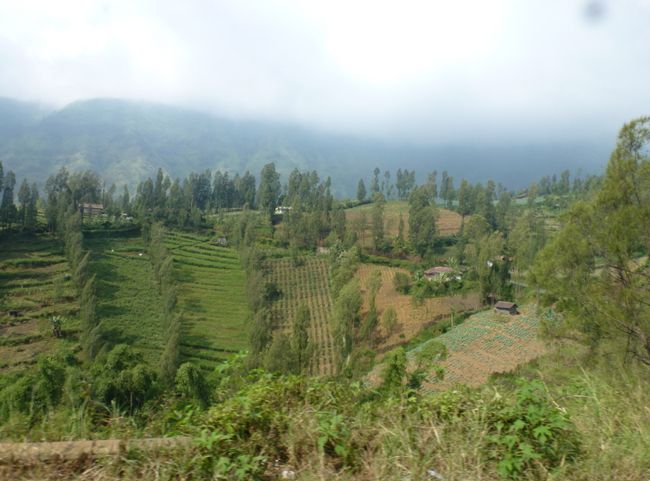
समाचार पत्रिका के लिए सदस्यता लें
Hello there!
We are delighted that you are reading our blog and joining us on our journey! In this post, we will take you through volcanoes, blue fire, toxic fumes, and the largest acid barrel on Earth!
After leaving Gili Air (Lombok), we spent a day in Bali before taking the ferry to Java. The volcanic island of Java is geographically central to Indonesia and is located in the tropical belt between Sumatra and Bali.
Upon our arrival in Java, we were picked up at one o'clock in the morning and driven to Paltuding. From there, we hiked up to the crater of Gunung Ijen, wearing warm clothes and headlamps, in the darkness of the night, reaching an altitude of 2,386 meters. Mount Ijen is one of 38 volcanoes in Java. The approximately 1.5-hour, three-kilometer-long, and very steep ascent to the upper crater rim led us over sandy ground.
Upon reaching the top, we descended the barren, rocky walls to the blue sulfur fire and the crater lake Kawah Ijen with its blue-green water and vigorously steaming solfatara. It was still very dark when we arrived to see the blue fire of burning liquid sulfur. The sulfur catches fire and glows in a unique blue color only when the sulfur-containing gases exceed a temperature of 240 °C. It was a fascinating natural spectacle!
As it became brighter, we saw how beautiful the crater lake lay in the volcanic basin. Some geologists and mineralogists refer to it as 'the largest acid barrel on Earth.' The high content of alum, sulfur, and gypsum gives the lake its intense blue-green color. The water is extremely acidic with a pH value below 0.3, and the alum content is estimated to be over 100,000 tons. The water temperature ranges from 35 °C to 45 °C. As the air temperature is lower than the water temperature, steam clouds almost always form on the 41-hectare lake, which reaches depths of up to 200 meters. One of the most active solfataras on Earth is located on the southeastern shore of the volcanic lake. At this significant sulfur accumulation in Indonesia, sulfur deposits up to eight meters thick have been formed by 190 °C to 240 °C hot fumaroles (volcanic steam vents). These gas emissions mainly contain hydrogen sulfide, carbon dioxide, and water vapor. Hydrogen sulfide has a characteristic, unpleasant smell of rotten eggs. Warning signs alert to the toxic gases, which is why we wore gas masks. Although it didn't look particularly chic, it protected us from the toxic fumes and the unbearable stench.
Already during the descent to the blue sulfur fire, we encountered miners coming towards us with fully filled, heavy bamboo baskets on their shoulders. A sulfur mine was opened here in 1968. Through a system of pipelines, the sulfur vapors are led to lower extraction points. There, sulfur emerges as a hot, viscous mass, turning a bright yellow only after cooling down. Local miners break off the sulfur with iron rods, wearing no protective clothing and very scanty footwear. They carry the broken ore pieces in bamboo baskets (filled up to 100 kg) four times a day over the 200-meter-high crater rim down to the valley. The ascent was already exhausting for us, despite warm clothing, sturdy shoes, and no additional luggage. What these workers accomplish here daily is unimaginable! Especially considering they earn only 1,000 Indonesian Rupiah per kilogram of sulfur. For this heavy work under extreme conditions, carrying four times 80 kg, they earn a daily wage of 19 euros! Up to six tons of sulfur are carried to a collection point in this laborious manner every day.
On the next day, we set off at three o'clock in the morning in a 58-year-old Toyota Land Cruiser to the viewpoint on Ganung Penenjakan to admire the sunrise over the Bromo-Tengger-Semeru National Park. Out of the blackness of the night, an ever intensifying red-orange strip gradually emerged above the mountain range. As it became brighter, we saw how the valley below us was veiled in clouds! We had a wonderful view of Bromo, Batok, and Semeru, the latter of which emitted a small ash cloud from our perspective. Semeru, at an altitude of 3,676 meters, is the highest mountain in Java. The morning sun bathed the structure of the volcanoes in a warm, golden light. After taking in this unique view and waiting out the endless selfie spectacle of the Asian family in front of us, we drove over the fine volcanic sand of Lautan Pasir (Indonesian for 'Sea of Sand') to the base of Mount Bromo, which is 2,329 meters high. The landscape resembles a moonscape. We climbed the steep crater and found a breathtaking panorama! The crater cone falls very steeply, and white smoke rises from its deepest point. Our guide mentioned that daring individuals hike around the entire crater along the very narrow edge. At some points, it is only as wide as a foot, and it is very dangerous to walk along the sandy ridge. As a precaution, we stayed behind the railing and observed the churning and hissing from there.
We never thought we would hike up a volcano on our trip. And now we have already visited several!
In our upcoming post, we will take you on a journey to various Indonesian temples. We hope they will fascinate you just as much as they fascinated us. :)
Warm regards and sampai jumpa,
Vroni and Maria
समाचार पत्रिका के लिए सदस्यता लें
उत्तर
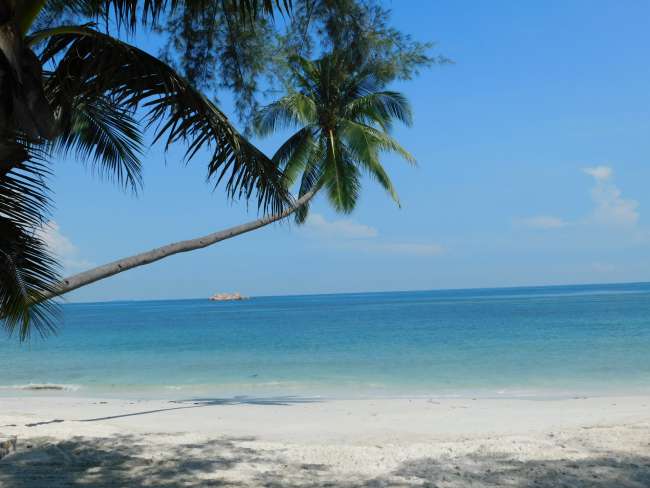
यात्रा रिपोर्ट इंडोनेशिया
